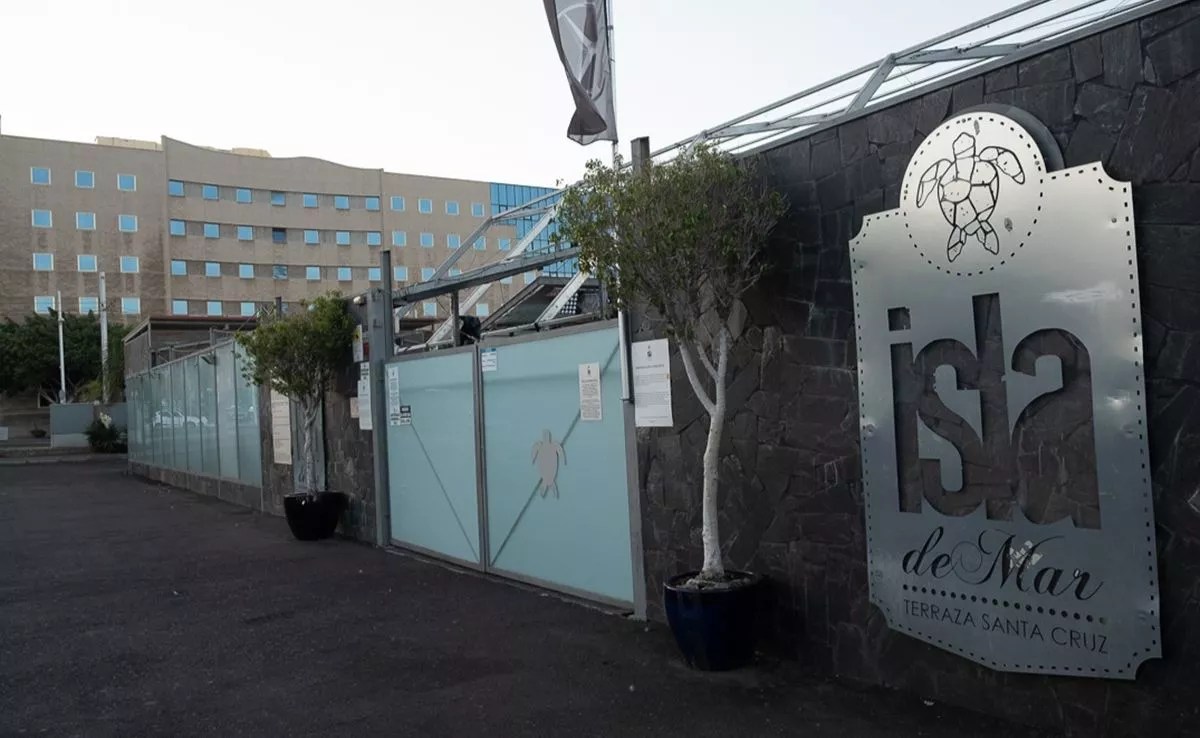
SANTA CRUZ DE TENERIFE, Oct. 17 (EUROPA PRESS) –
A total of 787,860 people were at risk of poverty and/or social exclusion in the Canary Islands in 2022, which represents 36.2 percent of the population and 1.6 percent less compared to the previous year, which places the archipelago as the second autonomous community, after Extremadura, with the highest proportion of people at risk of poverty and/or social exclusion.
Likewise, 287,286 people were in severe poverty last year – family units with incomes of less than 560 euros per month -, 13.2 percent of the population and the second autonomous community with the highest proportion after Andalusia, with housing being the gap. gender and insufficient support for families with minors are key factors in generating poverty. Thus, the Canary Islands have the worst data in severe material and social deprivation and in people who live in homes with low work intensity.
This is reflected in the XIII report ‘The state of poverty in Spain. Monitoring of the indicators of the EU Agenda 2030. 2015-2022’, which was delivered today Tuesday to the president of the Parliament of the Canary Islands, Astrid Pérez, and presented by the president and vice president of the European Network to Fight Poverty and Social Exclusion in the Canary Islands, Juan Carlos Lorenzo and Fernando Rodríguez, coinciding with the International Day for the Eradication of Poverty.
The report reflects that the three elements that are weighing down the most vulnerable households on the islands are inflation, housing and supplies. Thus, energy poverty has increased in the Canary Islands by 134% since 2015 and almost 1 in 5 people on the islands at risk of poverty and/or social exclusion cannot keep their home at an adequate temperature. But it is also the autonomous community with the greatest difficulties in making ends meet (affecting 60% of the population) or in facing unforeseen expenses.
Housing has now become the main factor in generating poverty. In the case of the Canary Islands, almost 3 out of every 5 people are at risk of poverty and/or social exclusion and have high housing expenses, which means that many families are dedicating up to 45% of their income to pay for their home. whether rented or owned. Rents are also burdening the most vulnerable households and are a key factor in poverty. In this sense, 34.9% of people in poverty in the Canary Islands reside in rental housing compared to 14.5% who are not.
THE FEMINIZATION OF POVERTY.
If we talk about the gender gap, the feminization of poverty has become a structural problem on the islands. Proof of this is that 38.3% of women in the Canary Islands are at risk of poverty and/or social exclusion, compared to 34% of men. Furthermore, we can say that poverty has a woman’s face because, since 2015, more than 80,000 men have managed to escape poverty and only 19,000 women.
The gender gap also cuts across salaries and pensions, and men earn on average 20.9% more than women and their average pension is almost double that of women. Furthermore, poverty is affecting single-parent households, since 43.7% of them in the Canary Islands are at risk of poverty and/or social exclusion.
The report also shows that the Canary Islands is the autonomous community with the highest rate of child poverty, with 376,570 children and adolescents at risk of poverty and/or social exclusion; a poverty that is inherited in the Canary Islands, since 1 in 3 adults has grown up in a home at risk of poverty and/or social exclusion.
With respect to disability, 30% of people with disabilities are at risk of poverty and/or social exclusion, compared to 22.7% of people without disabilities.
PROTECTIVE PAPER.
The report reflects that the data in the Canary Islands is relatively better than last year, with 34,000 fewer people at risk of poverty and/or social exclusion and 78,000 fewer in severe poverty. However, both the president and vice president of EAPN-Canary Islands warned that without social protection policies or public pensions the number of people in poverty would increase, affecting more than half of the population in the Canary Islands.
In this sense, the vice president of EAPN-Canary Islands, Fernando Rodríguez, indicated that the commitment of Spain and its autonomous communities is to reduce poverty by 50% between now and 2030; However, the Canary Islands are still 200,000 people above meeting that objective, which is why EAPN-Canary Islands advocates implementing “much more forceful” measures to reduce this number and contribute to meeting the objective set out in the Development Agenda. Sustainable 2030.
For his part, the president of EAPN-Canarias, Juan Carlos González, stressed that ending poverty is a matter of political will and guaranteeing rights, and also a strategy for economic growth. For this reason, EAPN-Canarias insists on the need for a state pact and a Canary Islands strategy to prevent and combat poverty and social exclusion, which contains measures of a structural nature and not an emergency, as occurred during the pandemic, avoiding as long as this problem “is part of the electoral struggles of the political parties.”
In addition to the report, those responsible for EAPN-Canarias have presented a campaign against aporophobia, focused on four axes: mental health, childhood, youth; and social and solidarity economy, and which is already being spread as of today on social networks and other media.
Likewise, this Friday the Seminar ‘Vital Access in the Canary Islands’ will be held. Let’s talk about minimum incomes’, which will take place at the Parque Hotel in Las Palmas de Gran Canaria starting at 9:30 a.m., and in which the population’s difficulties in accessing benefits such as the minimum vital income will be analyzed. or the Canarian citizenship income.
















